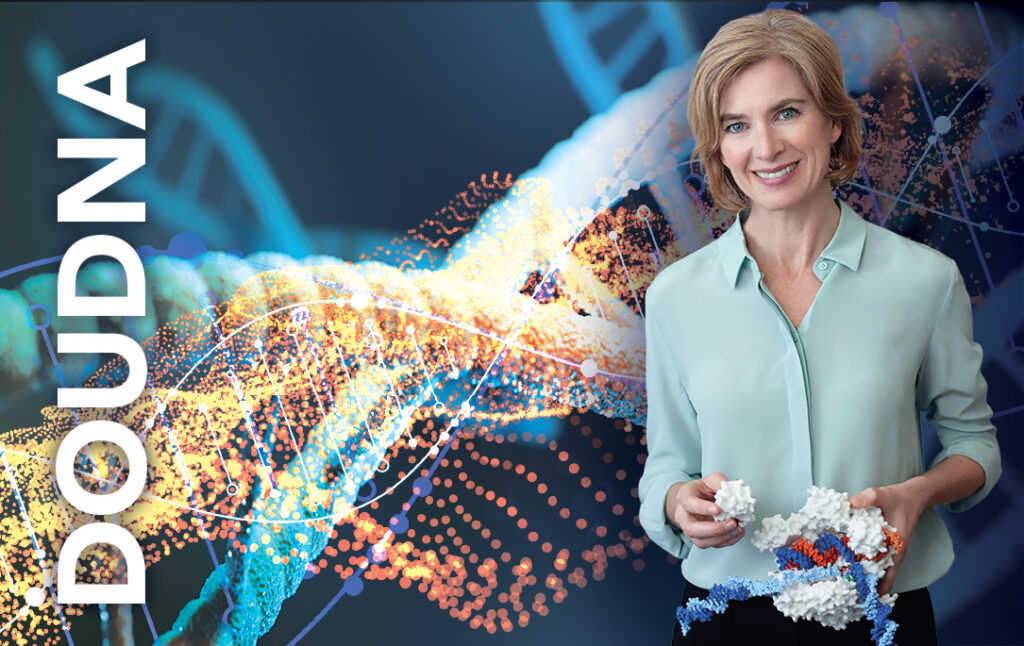In a bold move to push American science and innovation to new heights, the US Department of Energy (DOE) has unveiled the Doudna SuperComputer, the development of its next flagship high-performance computing system.
Scheduled for deployment in 2026 at Lawrence Berkeley National Laboratory’s National Energy Research Scientific Computing Center (NERSC), Doudna is committed to bringing a transformative leap into computing power, scientific capabilities and AI integration.
Nobel Prize-winning biochemist Jennifer Dudona (named after co-inventor of the innovative CRISPR gene editing technology) represents a breakthrough in biological research with cutting-edge computing power.
As a successor to Perlmutter, the Doudna Supercomputer redefines what is possible in areas ranging from climate science and fusion energy to quantum computing and artificial intelligence.
Doudna: Break boundaries with unparalleled performance
The Doudna Supercomputer offers more than 10 times the performance of NERSC’s current flagship Perlmutter.
Developed through a new agreement with Dell Technologies, Doudna is powered by Nvidia’s next-generation Vera Rubin platform and is built on Dell’s latest liquefied ORV3 server infrastructure.
This performance upgrade allows researchers to significantly shorten highly complex simulations and analysis, and significantly accelerate the pace of scientific discovery.
The system is designed to support the most computationally demanding workloads of DOE, including molecular dynamics, high energy physics, and large-scale AI training.
By integrating simulation, data analysis, and AI into a single, highly efficient environment, Doudna represents a powerful advance in interdisciplinary science.
It is built for future science
Doudna’s infrastructure combines Dell Integrated Rack scalable systems with PowerEdge servers and NVIDIA accelerators to deliver optimal performance for both AI-centric and traditional computing tasks.
The NVIDIA Quantum-X800 Infiniband Network enables high-speed data movement, ensuring seamless communication between the thousands of computing nodes in your system.
The storage solution features a high-performance parallel file system and a smart data hierarchy, providing researchers with robust, real-time access to large data sets.
The system’s non-uniform workflow environment allows it to dynamically adapt to evolving research needs, from traditional simulations to AI inference and training.
Enhance AI, quantum and energy breakthroughs
One of Doudna’s outstanding capabilities lies in its ability to support AI-driven science on a large scale.
Researchers can integrate machine learning models into simulation workflows to improve accuracy and reduce computation times across fields such as material discovery, climate modeling, and biomolecule design.
The system also conducts quantum computing research and provides tools such as NVIDIA’s CUDA-Q platform to simulate and develop quantum algorithms.
This will support future co-design of hybrid quantum HPC systems, making Doudna a testbed for scalable quantum innovation.
Importantly, Doudna helps fulfill NERSC’s fundamental mission of enabling breakthroughs in Fusion Energy Research.
By providing computational muscles to simulate complex plasma physics and reactor designs, the Doudna supercomputer can accelerate your journey to practical and sustainable fusion forces.
National collaboration real-time
Through integration with the Energy Sciences Network (ESNET), Doudna will enable researchers across the US to stream experimental and observational data directly to systems at DOE user facilities across the country.
This feature enables real-time data analysis, improving responsiveness to new scientific insights and experimental results.
With over 11,000 users relying on NERSC resources, preparations are already underway to enable researchers to fully utilize Doudna’s capabilities after operation.
The system supports automated, AI-driven workflows and interactive computing environments tailored to data-intensive science.
Towards the future of science computing
The launch of the Doudna Supercomputer marks a pivotal chapter in the evolution of American scientific infrastructure.
Combining the strengths of Dell Technologies, Nvidia and DOE, this next-generation platform is poised to be a catalyst for world-changing discoveries.
Whether Doudna unravels the mysteries of the universe or uncovers next-generation energy solutions, researchers will be able to achieve it faster and more accurately than ever before.
Source link

